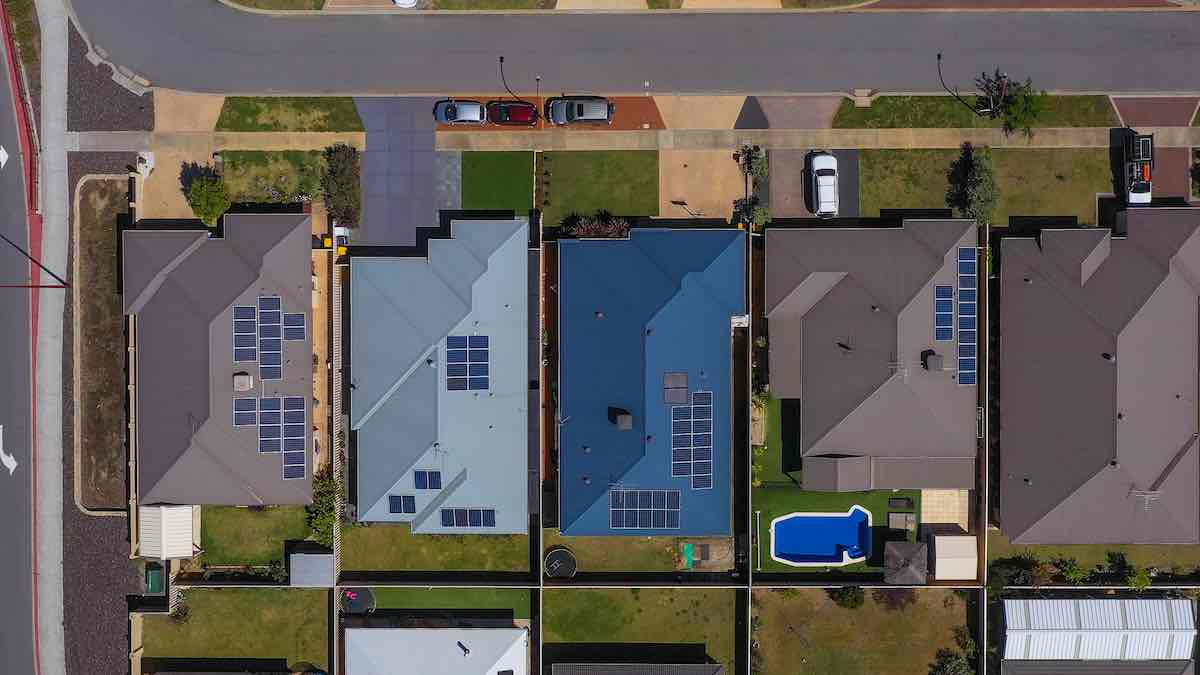The clean energy transition is not just about tackling climate change; it is crucial to enhance energy security and reduce costs for families and businesses.
Australia is struggling to build the large renewable generation and batteries we need, and the transmission lines to connect them to customers.
This go-slow has terrible implications – just look at the Minns government in NSW contemplating coughing up hundreds of millions of taxpayers’ dollars to prop up the Eraring coal fired power station for years longer than necessary.
It’s a vicious circle – we drag our feet bringing online the replacement infrastructure, then panic and pay coal-fired power stations to stay open, which deters would-be investors in renewables.
Luckily there’s a solution – give the power to the people.
Australians love rooftop solar. Some of us invest in it to save money, some to take action on climate change and others to reduce dependence on the big energy retailers.
But no matter the reason, every time a new panel goes up, we all benefit because it lowers wholesale electricity prices and reduces carbon emissions.
Our country is a world leader in rooftop solar. Clean, reliable energy from our endless sunshine already plays a significant role in our energy mix. More than one-third of homes nationwide having solar panels installed, while up in Queensland it’s a jaw dropping 46 per cent!
So the clean energy revolution is here. We have moved beyond a system of a handful of big profit-focused generators with passive, and captured, consumers getting a quarterly electricity bill.
Many of us are now active players in the market. We generate our own electricity, store it in home batteries and our cars – which are batteries on wheels – when demand is low, and feed into the grid when demand is high.
Governments and market bodies need to understand that this is where we are – and that it is only going to accelerate as more people move to electric vehicles. They need to get their skates on with modernising our electricity grid to ensure it is fit for purpose.
Of course, system change this big comes with challenges. On sunny days, when millions of rooftop solar panels are basking, our market operator will sometimes need to intervene to ensure there’s a minimum demand for large scale power plants.
But we shouldn’t be shaping our whole approach to Australia’s energy future based on rare and short-lived ‘problems’ – issues like ‘minimum demand’ can be dealt with creatively and in a way that helps the grid to evolve.
When we’re all driving electric vehicles, the ‘excess’ electricity from our rooftops in the midday sun can be soaked up by charging electric vehicles.
That is why Nexa Advisory was commissioned by Solar Citizens to research and recommend the key ‘big bang’ changes that federal and state energy ministers can make, right now, to unlock the full potential of consumer energy. Most can be done with the sweep of a pen and would be a minimal cost to the budget bottom line.
At the top of the list is locking in incentives for people to invest in consumer energy – that means paying people for their power exports to the grid, just as they pay for the power they ‘import’ from it.
Imagine if we restructured our energy market to benefit consumers – particularly households and small businesses – not just the handful of big companies that have a monopoly on our energy network.
It’s also well past the time for governments to ensure our system is designed for and effectively integrates two-way energy flows, from rooftops to everywhere, as well as from large renewable generation to homes.
Key to achieving that is governments, state and federal, working together to rollout national standards, based on international best practice, that prioritise the most reliable, secure, and affordable energy approach.
We can do the clean energy transition, fast and fair, and it can benefit everyone. We just need to unleash the power of the people. When called upon, Australians join together and are a force – potentially even a ‘super power’.
Stephanie Bashir is CEO of Nexa Advisory and an energy expert with more than 20 years’ experience. Full report available online here.






